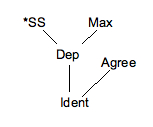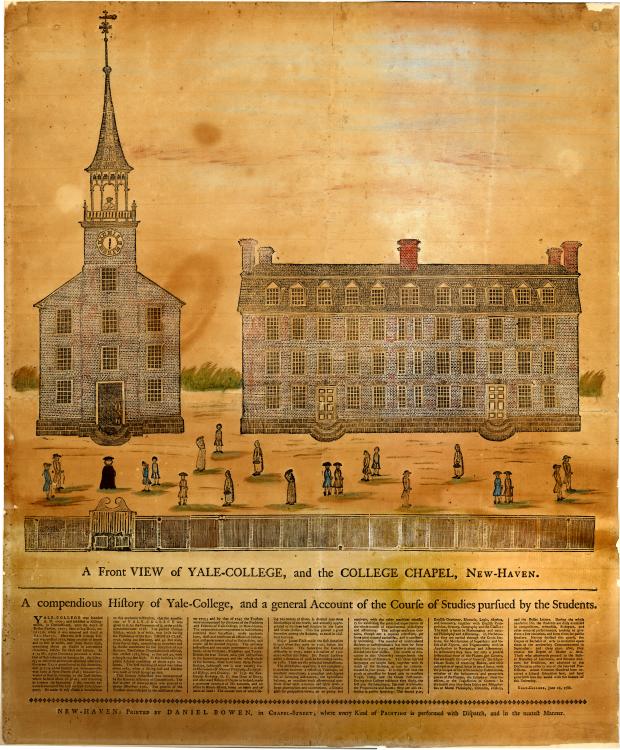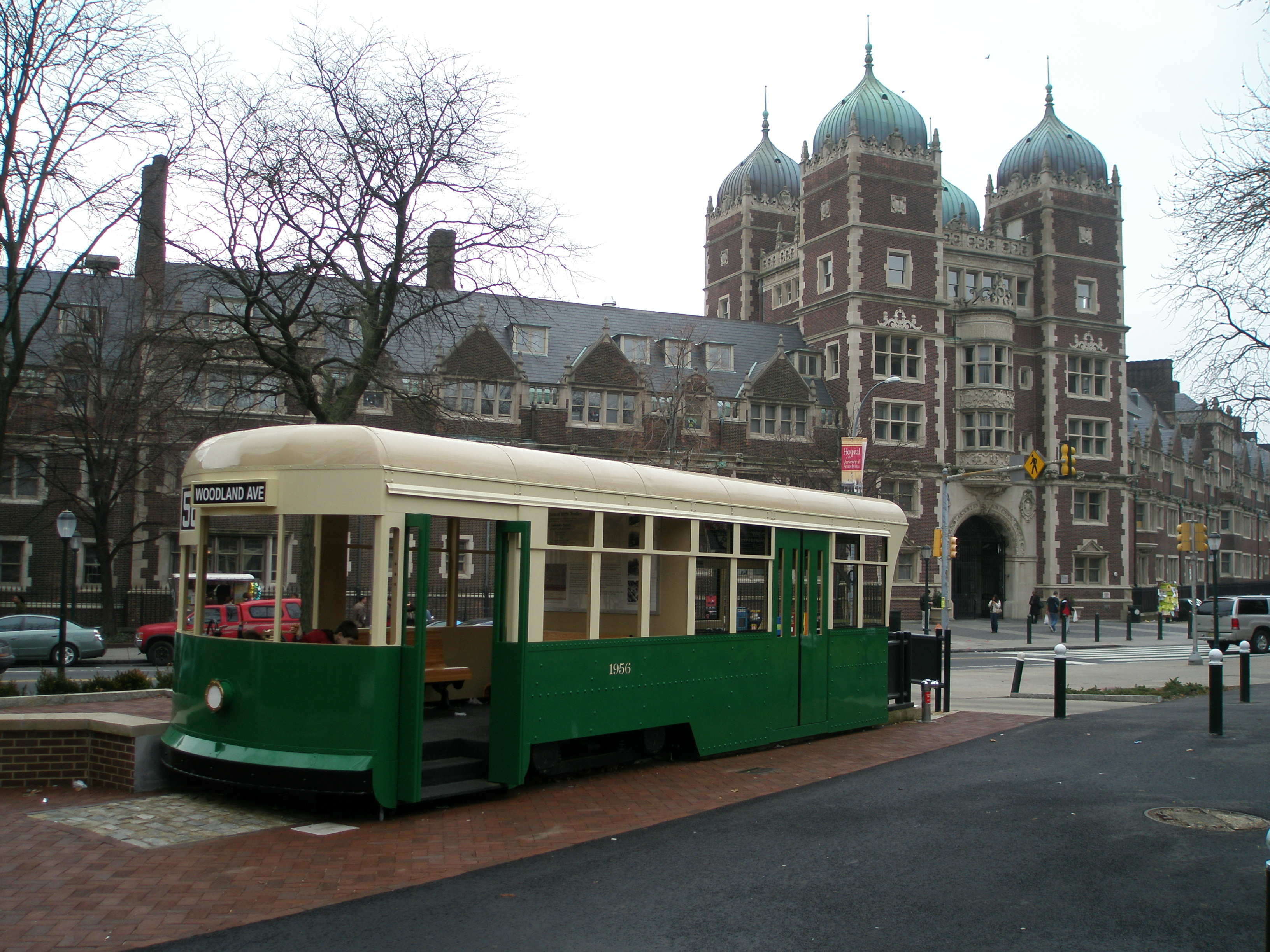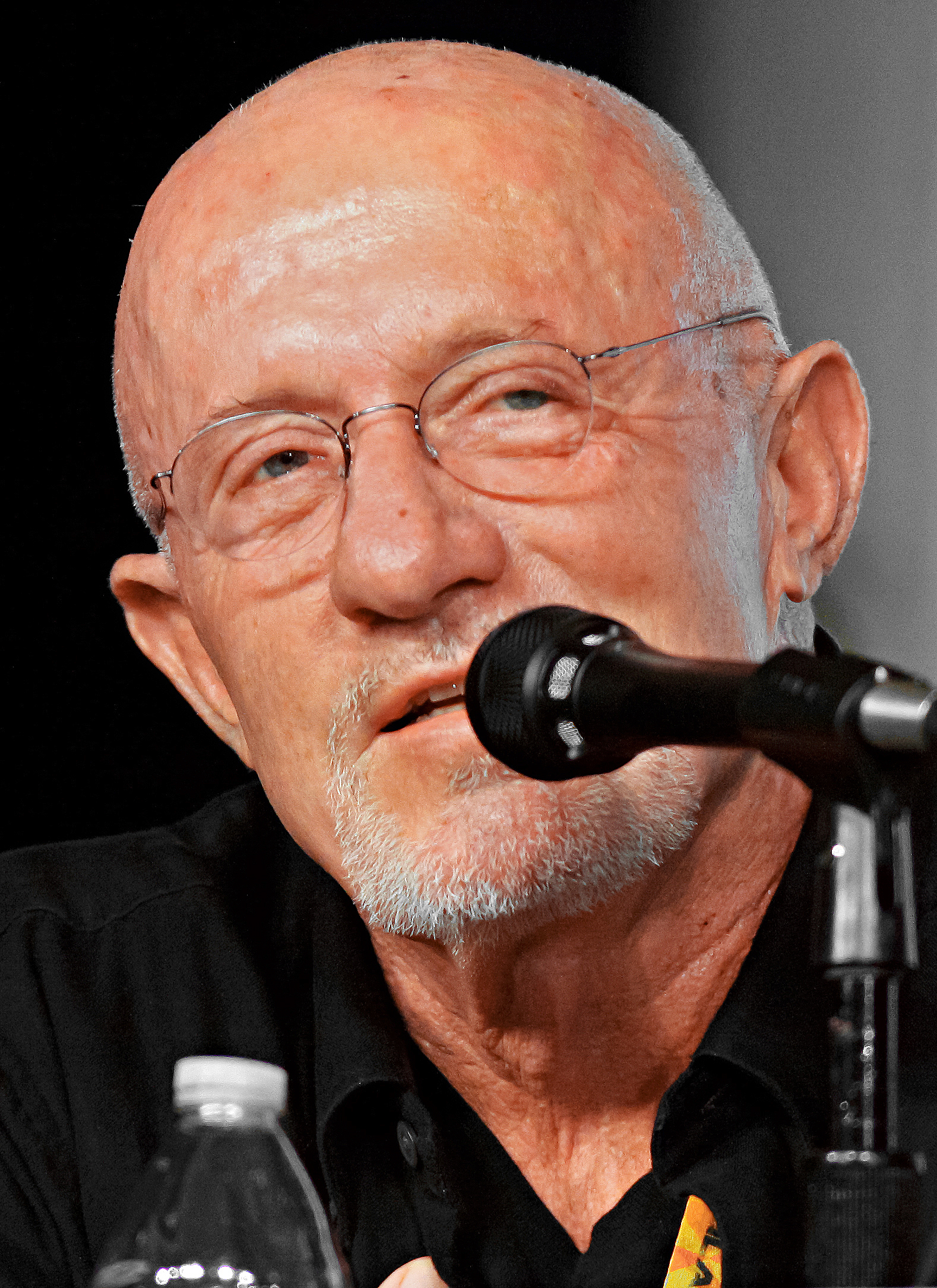|
Rumelhart Prize
The David E. Rumelhart Prize for Contributions to the Theoretical Foundations of Human Cognition was founded in 2001 in honor of the cognitive scientist David Rumelhart to introduce the equivalent of a Nobel Prize for cognitive science. It is awarded annually to "an individual or collaborative team making a significant contemporary contribution to the theoretical foundations of human cognition". The annual award is presented at the Cognitive Science Society meeting, where the recipient gives a lecture and receives a check for $100,000. At the conclusion of the ceremony, the next year's award winner is announced. The award is funded by the Robert J. Glushko and Pamela Samuelson Foundation. The Rumelhart Prize committee is independent of the Cognitive Science Society. However, the society provides a large and interested audience for the awards. Selection Committee As of 2022, the selection committee for the prize consisted of: *Richard Cooper (chair) * Dedre Gentner * Robert J. ... [...More Info...] [...Related Items...] OR: [Wikipedia] [Google] [Baidu] |
Cognitive Scientist
Cognitive science is the interdisciplinary, scientific study of the mind and its processes. It examines the nature, the tasks, and the functions of cognition (in a broad sense). Mental faculties of concern to cognitive scientists include perception, memory, attention, reasoning, language, and emotion. To understand these faculties, cognitive scientists borrow from fields such as psychology, economics, artificial intelligence, neuroscience, linguistics, and anthropology. Thagard, PaulCognitive Science, ''The Stanford Encyclopedia of Philosophy'' (Fall 2008 Edition), Edward N. Zalta (ed.). The typical analysis of cognitive science spans many levels of organization, from learning and decision-making to logic and planning; from neural circuitry to modular brain organization. One of the fundamental concepts of cognitive science is that "thinking can best be understood in terms of representational structures in the mind and computational procedures that operate on those structures." ... [...More Info...] [...Related Items...] OR: [Wikipedia] [Google] [Baidu] |
Carnegie Mellon University
Carnegie Mellon University (CMU) is a private research university in Pittsburgh, Pennsylvania, United States. The institution was established in 1900 by Andrew Carnegie as the Carnegie Technical Schools. In 1912, it became the Carnegie Institute of Technology and began granting four-year degrees. In 1967, it became Carnegie Mellon University through its merger with the Mellon Institute of Industrial Research, founded in 1913 by Andrew Mellon and Richard B. Mellon and formerly a part of the University of Pittsburgh. The university consists of seven colleges, including the College of Engineering, the School of Computer Science, and the Tepper School of Business. The university has its main campus located 5 miles (8 km) from downtown Pittsburgh. It also has over a dozen degree-granting locations in six continents, including campuses in Qatar, Silicon Valley, and Kigali, Rwanda ( Carnegie Mellon University Africa) and partnerships with universities nationally and glob ... [...More Info...] [...Related Items...] OR: [Wikipedia] [Google] [Baidu] |
Optimality Theory
Optimality theory (frequently abbreviated OT) is a linguistic model proposing that the observed forms of language arise from the optimal satisfaction of conflicting constraints. OT differs from other approaches to phonological analysis, which typically use rules rather than constraints. However, phonological models of representation, such as autosegmental phonology, prosodic phonology, and linear phonology (SPE), are equally compatible with rule-based and constraint-based models. OT views grammars as systems that provide mappings from inputs to outputs; typically, the inputs are conceived of as underlying representations, and the outputs as their surface realizations. It is an approach within the larger framework of generative grammar. Optimality theory has its origin in a talk given by Alan Prince and Paul Smolensky in 1991 which was later developed in a book manuscript by the same authors in 1993. Overview There are three basic components of the theory: * Generator () t ... [...More Info...] [...Related Items...] OR: [Wikipedia] [Google] [Baidu] |
Paul Smolensky
Paul Smolensky (born May 5, 1955) is Krieger-Eisenhower Professor of Cognitive Science at the Johns Hopkins University and a Senior Principal Researcher at Microsoft Research, Redmond Washington. Along with Alan Prince, in 1993 he developed Optimality Theory, a grammar formalism providing a formal theory of cross-linguistic typology (or Universal Grammar) within linguistics. Optimality Theory is popularly used for phonology, the subfield to which it was originally applied, but has been extended to other areas of linguistics such as syntax and semantics. Smolensky is the recipient of the 2005 Rumelhart Prize for his development of the ICS Architecture, a model of cognition that aims to unify connectionism and symbolism, where the symbolic representations and operations are manifested as abstractions on the underlying connectionist or artificial neural networks. This architecture rests on Tensor Product Representations, compositional embeddings of symbolic structures in vecto ... [...More Info...] [...Related Items...] OR: [Wikipedia] [Google] [Baidu] |
Yale University
Yale University is a Private university, private Ivy League research university in New Haven, Connecticut, United States. Founded in 1701, Yale is the List of Colonial Colleges, third-oldest institution of higher education in the United States, and one of the nine colonial colleges chartered before the American Revolution. Yale was established as the Collegiate School in 1701 by Congregationalism in the United States, Congregationalist clergy of the Connecticut Colony. Originally restricted to instructing ministers in theology and sacred languages, the school's curriculum expanded, incorporating humanities and sciences by the time of the American Revolution. In the 19th century, the college expanded into graduate and professional instruction, awarding the first Doctor of Philosophy, PhD in the United States in 1861 and organizing as a university in 1887. Yale's faculty and student populations grew rapidly after 1890 due to the expansion of the physical campus and its scientif ... [...More Info...] [...Related Items...] OR: [Wikipedia] [Google] [Baidu] |
ACT-R
ACT-R (pronounced /ˌækt ˈɑr/; short for "Adaptive Control of Thought—Rational") is a cognitive architecture mainly developed by John Robert Anderson and Christian Lebiere at Carnegie Mellon University. Like any cognitive architecture, ACT-R aims to define the basic and irreducible cognitive and perceptual operations that enable the human mind. In theory, each task that humans can perform should consist of a series of these discrete operations. Most of the ACT-R's basic assumptions are also inspired by the progress of cognitive neuroscience, and ACT-R can be seen and described as a way of specifying how the brain itself is organized in a way that enables individual processing modules to produce cognition. Inspiration ACT-R has been inspired by the work of Allen Newell, and especially by his lifelong championing the idea of unified theories as the only way to truly uncover the underpinnings of cognition. In fact, Anderson usually credits Newell as the major source of infl ... [...More Info...] [...Related Items...] OR: [Wikipedia] [Google] [Baidu] |
John Robert Anderson (psychologist)
John Robert Anderson (born August 27, 1947) is a Canadian-born American psychologist. As of 2024, he is professor of psychology and computer science at Carnegie Mellon University. Biography Anderson obtained a B.A. from the University of British Columbia in 1968, and a Ph.D. in Psychology from Stanford in 1972. He became an assistant professor at Yale in 1972. He moved to the University of Michigan in 1973 as a Junior Fellow (and married Lynne M. Reder who was a graduate student there) and returned to Yale in 1976 with tenure. He was promoted to full professor at Yale in 1977 but moved to Carnegie Mellon University in 1978. From 1988 to 1989, he served as president of the Cognitive Science Society. He was elected to the American Academy of Arts and Sciences and the National Academy of Sciences and has received a series of awards: * 1968: Governor General's Gold Medal: Graduated as top student in Arts and Sciences at University of British Columbia * 1978: Early Career Award ... [...More Info...] [...Related Items...] OR: [Wikipedia] [Google] [Baidu] |
University Of Pennsylvania
The University of Pennsylvania (Penn or UPenn) is a Private university, private Ivy League research university in Philadelphia, Pennsylvania, United States. One of nine colonial colleges, it was chartered in 1755 through the efforts of founder and first president Benjamin Franklin, who had advocated for an educational institution that trained leaders in academia, commerce, and public service. The university has four undergraduate schools and 12 graduate and professional schools. Schools enrolling undergraduates include the College of Arts and Sciences, the University of Pennsylvania School of Engineering and Applied Science, School of Engineering and Applied Science, the Wharton School, and the University of Pennsylvania School of Nursing, School of Nursing. Among its graduate schools are its University of Pennsylvania Law School, law school, whose first professor, James Wilson (Founding Father), James Wilson, helped write the Constitution of the United States, U.S. Cons ... [...More Info...] [...Related Items...] OR: [Wikipedia] [Google] [Baidu] |
Tree-adjoining Grammar
Tree-adjoining grammar (TAG) is a grammar formalism defined by Aravind Joshi. Tree-adjoining grammars are somewhat similar to context-free grammars, but the elementary unit of rewriting is the tree rather than the symbol. Whereas context-free grammars have rules for rewriting symbols as strings of other symbols, tree-adjoining grammars have rules for rewriting the nodes of trees as other trees (see tree (graph theory) and tree (data structure)). History TAG originated in investigations by Joshi and his students into the family of adjunction grammars (AG), the "string grammar" of Zellig Harris. AGs handle exocentric properties of language in a natural and effective way, but do not have a good characterization of endocentric constructions; the converse is true of rewrite grammars, or phrase-structure grammar (PSG). In 1969, Joshi introduced a family of grammars that exploits this complementarity by mixing the two types of rules. A few very simple rewrite rules suffice to ge ... [...More Info...] [...Related Items...] OR: [Wikipedia] [Google] [Baidu] |
Aravind Joshi
Aravind Krishna Joshi (August 5, 1929 – December 31, 2017) was the Henry Salvatori Professor of Computer and Cognitive Science in the computer science department of the University of Pennsylvania. Joshi defined the tree-adjoining grammar formalism which is often used in computational linguistics and natural language processing. Joshi studied at Pune University and the Indian Institute of Science, where he was awarded a BE in electrical engineering and a DIISc in communication engineering respectively. Joshi's graduate work was done in the electrical engineering department at the University of Pennsylvania, and he was awarded his PhD in 1960. He became a professor at Penn and was the co-founder and co-director of the Institute for Research in Cognitive Science. Awards and recognitions * Guggenheim fellow, 1971–72 * Fellow of the Institute of Electrical and Electronics Engineers (IEEE), 1976 * Best Paper Award at the National Conference on Artificial Intelligence, 1987 * Foun ... [...More Info...] [...Related Items...] OR: [Wikipedia] [Google] [Baidu] |
Indiana University
Indiana University (IU) is a state university system, system of Public university, public universities in the U.S. state of Indiana. The system has two core campuses, five regional campuses, and two regional centers under the administration of IU Indianapolis. The flagship campus of Indiana University is Indiana University Bloomington. Campuses Core campuses *Indiana University Bloomington (IU Bloomington) is the flagship campus of Indiana University. The Bloomington campus is home to numerous premier Indiana University schools, including the College of Arts and Sciences, the Hutton Honors College, the Jacobs School of Music, an extension of the Indiana University School of Medicine, the Indiana University School of Informatics, Luddy School of Informatics, Computing, and Engineering, which includes the former School of Library and Information Science (now Department of Library and Information Science), School of Optometry, the Indiana University School of Public and Enviro ... [...More Info...] [...Related Items...] OR: [Wikipedia] [Google] [Baidu] |




